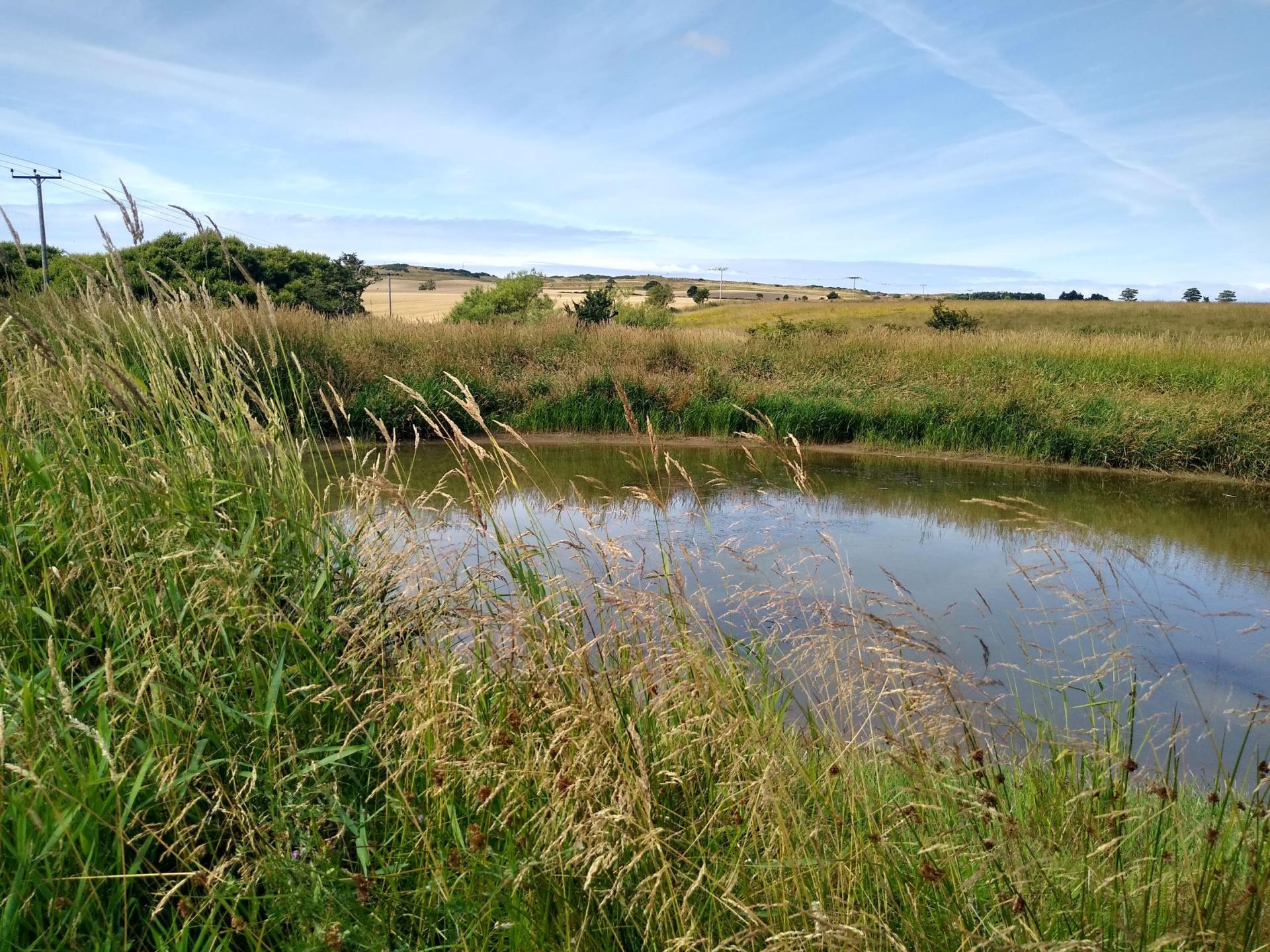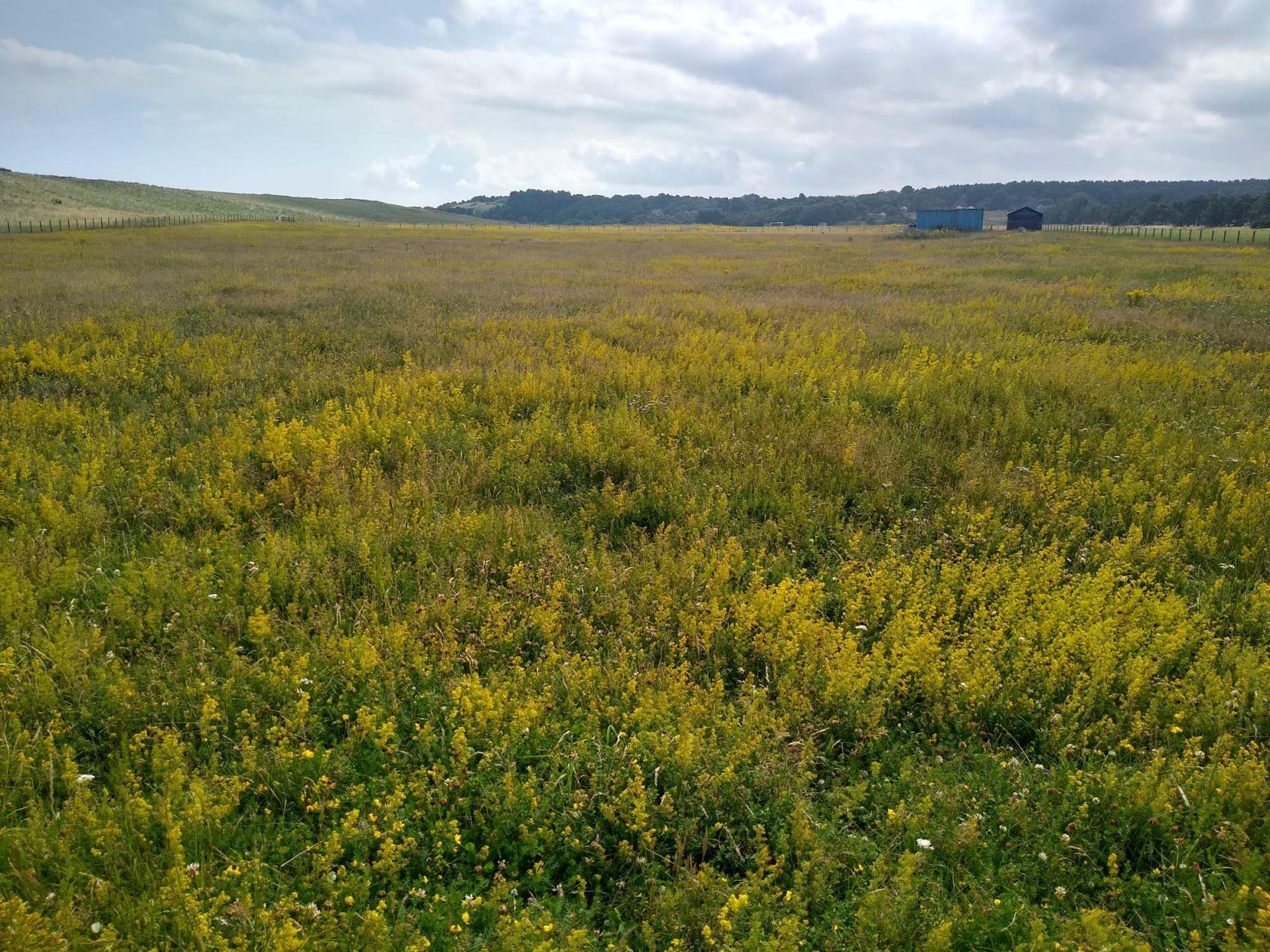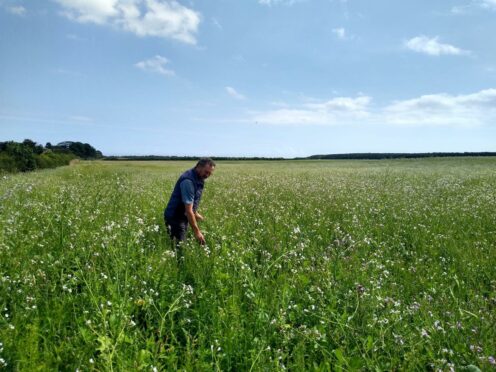Technological advances over the past 50 years have seen agricultural production and management become increasingly fruitful and efficient – but at what cost?
-
Some Press and Journal online content is funded by outside parties. The revenue from this helps to sustain our independent news gathering. You will always know if you are reading paid-for material as it will be clearly labelled as “Partnership” on the site and on social media channels.
This can take two different forms.
“Presented by”
This means the content has been paid for and produced by the named advertiser.
“In partnership with”
This means the content has been paid for and approved by the named advertiser but written and edited by our own commercial content team.
Tractors are bigger; farmers have improved their techniques when it comes to harvesting crops; spring crops have largely changed to winter crops; increased use of fertiliser and pesticides have knock on impacts on insects and the wildlife that feed on them.
In the past, birds would rely on spilt grain left over from the harvest, but now, thanks to advances in farming technology, spilt grain is less common, so that vital food source has been removed.
Indeed, there have been many – some fairly small – farming efficiencies that have been introduced gradually over the past few decades, but they have all built up. And it’s having a serious knock on effect on nature in Scotland, across the entire countryside.
But NatureScot believes there is a way to sustain farm yields, while allowing nature to flourish.
Claudia Rowse, NatureScot’s deputy director of sustainable growth, says: “Farming covers 70% of Scotland’s land, so it has a huge part to play in restoring Scotland’s nature.
“Over the last 50 years, many natural habitats and food chains that are essential for nature to survive have been lost from the farmed landscape.
“In the next 50 years, I hope we will look to agro-ecology to develop effective agricultural production and management systems which work with nature.”

What assistance have farmers had thus far in tackling their effects on nature?
For the past five years, the Agri-Environment and Climate Scheme (AECS), run by the Scottish Government in partnership with NatureScot, has invested £200million into the work of land managers to provide vital support for biodiversity.
In five years, the scheme has specifically helped to:
- Maintain a stable trend in the farmland bird index and the recovery of vulnerable species such as the corn bunting.
- Protect carbon rich soils such as the Caithness and Sutherland Peatlands, the largest blanket bog in Europe – a key carbon store in Scotland of international significance.
- Manage water margins to improve water quality, benefit fish, and management of other landscape features.
- Manage species rich pastures, moorland and wetlands to maintain high nature value systems.
- Conserve unique habitat, such as Machair, only found in the Western Isles and Ireland.
- Deliver 167km of new or improved paths in the countryside.
AECS is not without its faults, however, as Claudia explains: “There are instructions farmers must follow in order to meet the conditions of the scheme and, as farming procedures largely depend on the weather and local growing conditions, it can sometimes be unrealistic to expect these conditions to be met.
“We recognise that the scheme can become overly bureaucratic and difficult to audit – are people actually doing the things they said they would do? Its inflexibility does not always suit a dynamic natural ecosystem, but it is making a positive difference for nature.”
Without the crucial support offered by AECS, nature would be far worse off; it has not stopped the decline, but it has helped to retain some of Scotland’s iconic farmland wildlife. It’s also provided vital financial support to over 3,000 farmers and crofters that take part in the scheme.
How might agricultural production and management further develop to benefit nature?
Looking ahead after Brexit, NatureScot is beginning to work with farmers, the Scottish Government and other stakeholders to discern what new support could look like.
All those involved have one simple question in mind: How can we help farmers to protect nature in a way which is simpler for them and still allows for efficient and sustainable food production?
Claudia adds: “We are currently working with 100 farmers, testing an outcomes based approach, where we set an outcome and allow the farmer to get on with it, and they give us the feedback on what works best.”
Initial results show farmers are extremely supportive of the project, but there is a lot more development work to be done to establish how a new scheme would apply to all farms, and how might it relate to future payments.

Exciting projects are in the pipeline
NatureScot is also working on a wider project which is developing tools to assist farmers in measuring results.
“We have a biodiversity audit and app which will allow farmers to assess nature on their farm and the app will include examples on how to improve their land for nature,” explains Claudia. “For example, it may say hedgerows need to be managed to provide better nesting habitats for birds.
“We are so excited to be developing this and we hope to have it ready next year.
“With the right incentives and the right advice, we believe we can restore nature and have sustainable food production at the same time.”
If you are a farmer, crofter or land manager and you wish to get involved with the schemes discussed, visit the NatureScot website for more information, and to make your voice heard.
